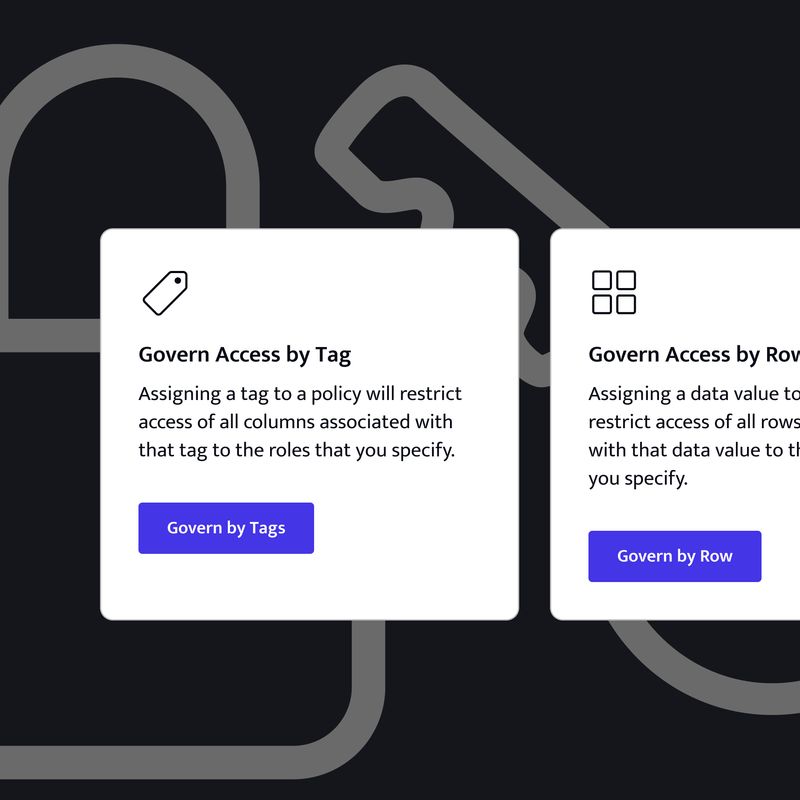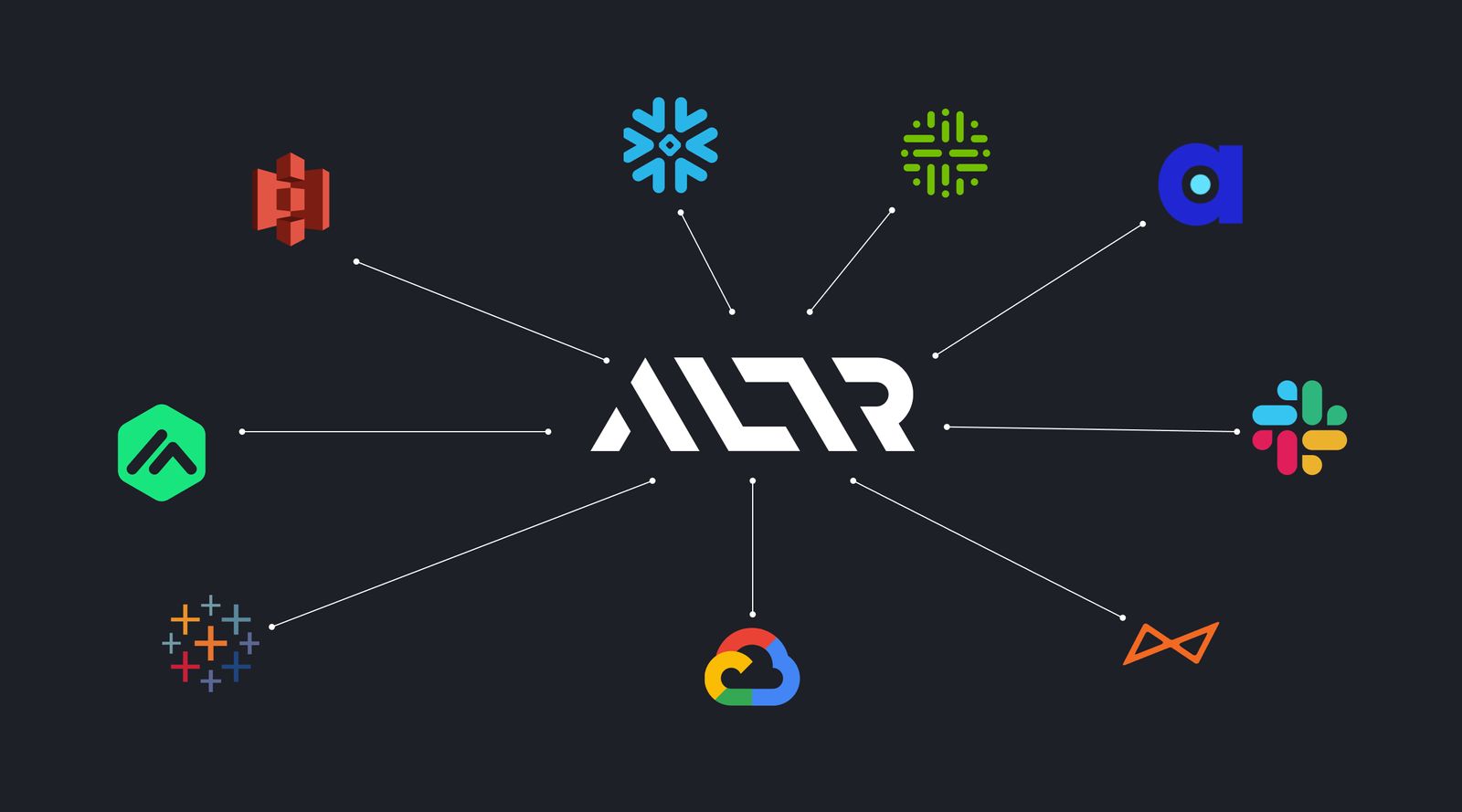Unified Data Security Platform
Protect sensitive data and control access at scale.

Database Activity Monitoring
Easily monitor data access and detect abnormal queries using our analytics and query audit logs. Enable alerts to allow security teams to quickly investigate any suspicious activity.


Dynamic Data Masking
Protect data through classification and dynamic data masking before it enters your cloud data warehouse. Seamlessly integrate masking with your data catalog or ETL/ELT pipeline.
Sensitive Data Protection
Secure highly sensitive data like PHI, PCI, and PII data from privileged access with advanced data protection and automated access policies.

Integrate with Data Catalogs
ALTR's Data Security Platform seamlessly integrates with data catalogs. Define and enforce security and policy in our platform while leveraging your existing tools.

FEATURES
One powerful platform for your
Dynamic Data Masking
Database Activity Monitoring
Data Classification
Tokenization
Open Source Integrations
Format Preserving Encryption
Increase Efficiency
Data teams get real-time access to sensitive data without risk while security teams gain full visibility over sensitive data. All data functions are fully aligned.
Reduce Complexity
Non-technical users can implement policy and simplify ownership so data can remain streamlined and automated.
Manage Risk
Protection for at rest, in motion, and in use data. Remove the risk of access threats by extending governance and security upstream and to the left.

“Through their native cloud integration, ALTR’s visibility into Snowflake Data Cloud activity is providing a solution for customers who need to defend against security threats.”
Omer Singer
Head of Cybersecurity Strategy, Snowflake




